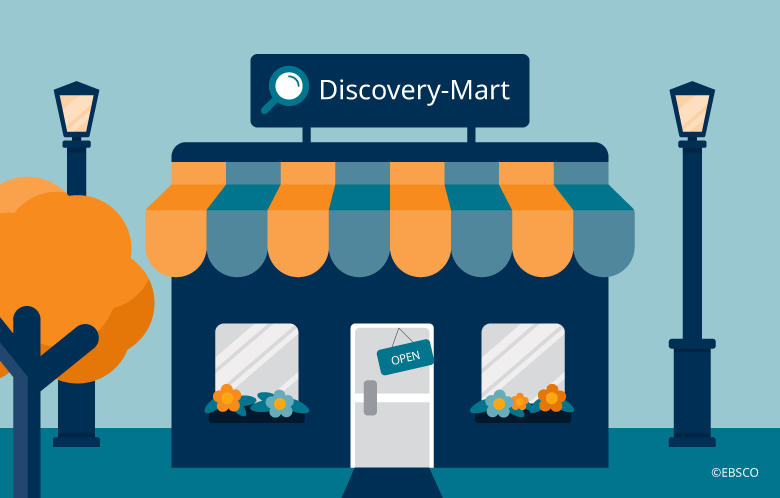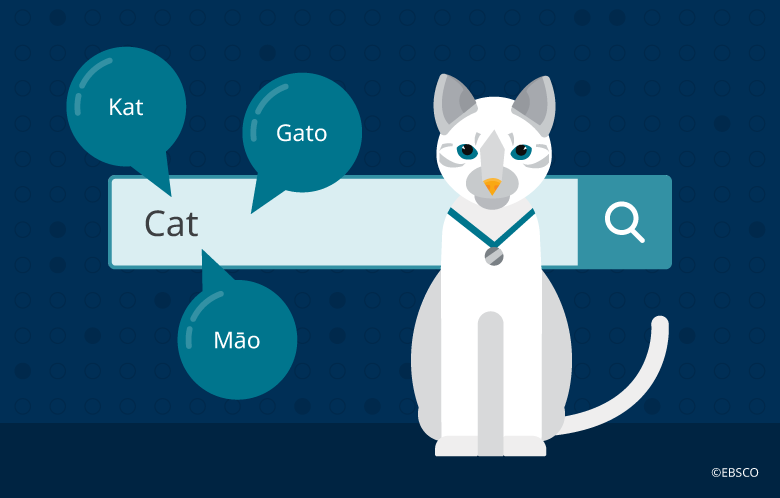People want help making decisions. They want information. And whether it’s about home repair, estate planning, or investigating places to vacation, they want information that’s accurate. But most people think they can simply get this information on the open web. If it even occurs to them to consider the library, they might think the library only has books. Many people have no idea about the vast scale of information available at their library –– and not just the books, but also e-books, music, databases, video and digital content of all kinds. Furthermore, they may not even know that the library has a website that allows them to access resources online.
Even if you get people in the door (physically or virtually) how would they look for what they need? Would they know which databases to consult? Could they find them? If they went to the search box on the library’s website, would it help them, or would it be limited to just the library’s catalog? Without the right tools to guide them, potential patrons might find that navigating the library is too overwhelming, too annoying and too time-consuming.
What they need is one easy place where they can look to discover where to find the magazines, databases, e-books and all the other resources the library has to offer. What they need is a discovery service.
A discovery service is kind of like a supermarket. The supermarket, of course, is a single, convenient location that meets all your food shopping needs so you don’t have to go to separate stores to buy your produce, baked goods, meat, fish and dairy, etc. Similarly, a discovery service makes all the library’s resources findable from a single search box. By meeting all of the patron’s research needs, the library doesn’t have to worry about them trying to find their way from one resource to another and hitting discouraging dead ends.
Since it makes the search process easy, a discovery service initiates a positive feedback loop. The patron has a better library experience, which in turn encourages them to use more of the library’s resources. Plus, the more that patrons use the discovery service, the more usage data can be accrued, which helps the library decide how to best allocate its budget.
Since it makes the search process easy, a discovery service initiates a positive feedback loop. The patron has a better library experience, which in turn encourages them to use more of the library’s resources.
Since it makes the search process easy, a discovery service initiates a positive feedback loop. The patron has a better library experience, which in turn encourages them to use more of the library’s resources.
Recognizing that patrons have grown accustomed to sophisticated commercial websites to purchase goods, stream music and movies, and search for information, a discovery service search experience and user interface (UI) should be as easy to use as any online search and just as intuitive.
For example, as a patron types in what they are searching for, a modern discovery service guesses what it is and provides options in a drop-down box, thus saving them time and helping the patron use the correct search term. It should recognize when the patron misspells a search term and have a Did-You-Mean function that offers the correct version of the word to help keep the patron on target and not get lost due to a simple spelling error.
Leveraging a visual guide in the form of a Concept Map, a graphic representation of how the item they are looking for is related to other subjects and concepts, keeps the patron from getting lost in lengthy, text-based results lists and provides a birds’-eye view of their research journey.
As patrons start to find items they are interested in, they should have the ability to save these terms to a dashboard. A dashboard is like an online shopping cart, but with even more features. Patrons can not only “store” the items they like, but also create projects and folders for their research.
When considering a discovery service, search for features like the ones mentioned above to create a positive user experience for public library patrons that is easy, engaging and encourages continued use. Read our free playbook to learn more about discovery services.



